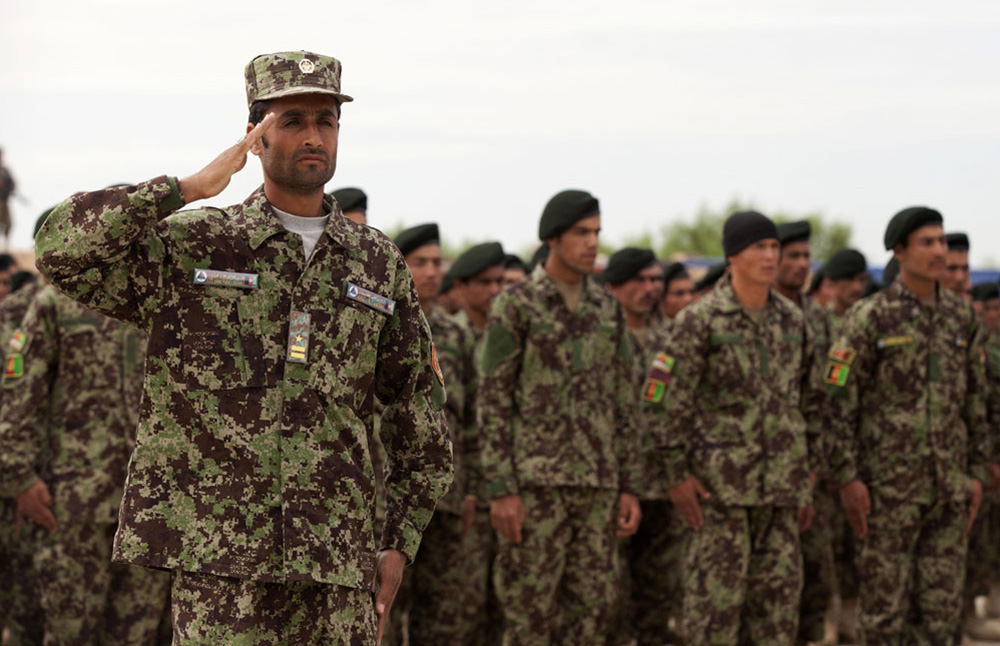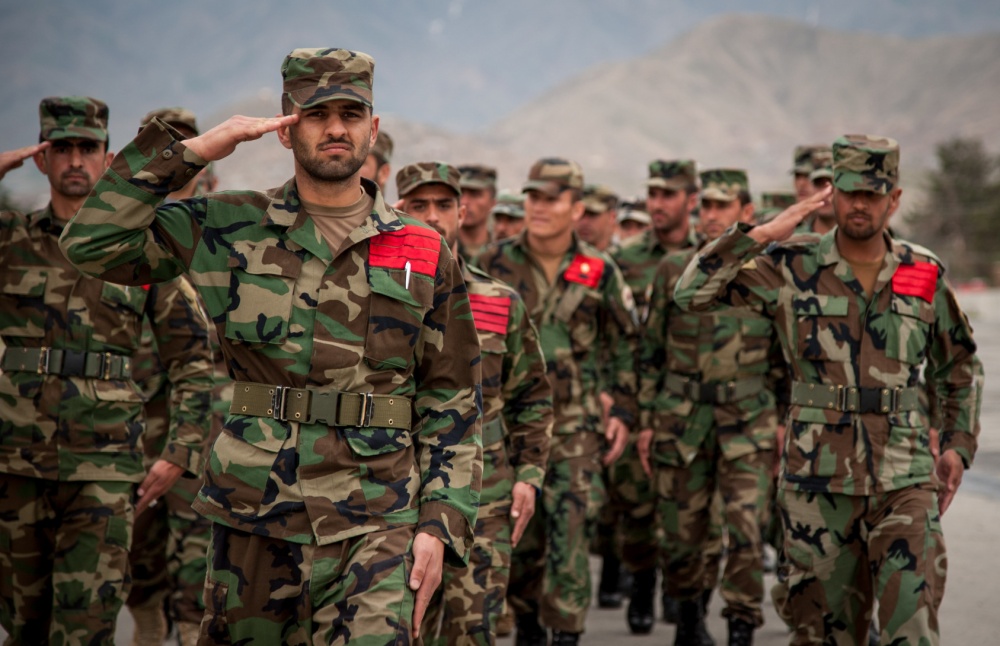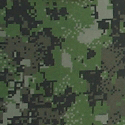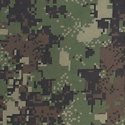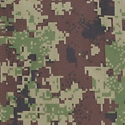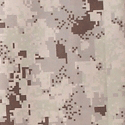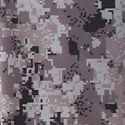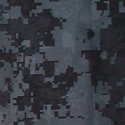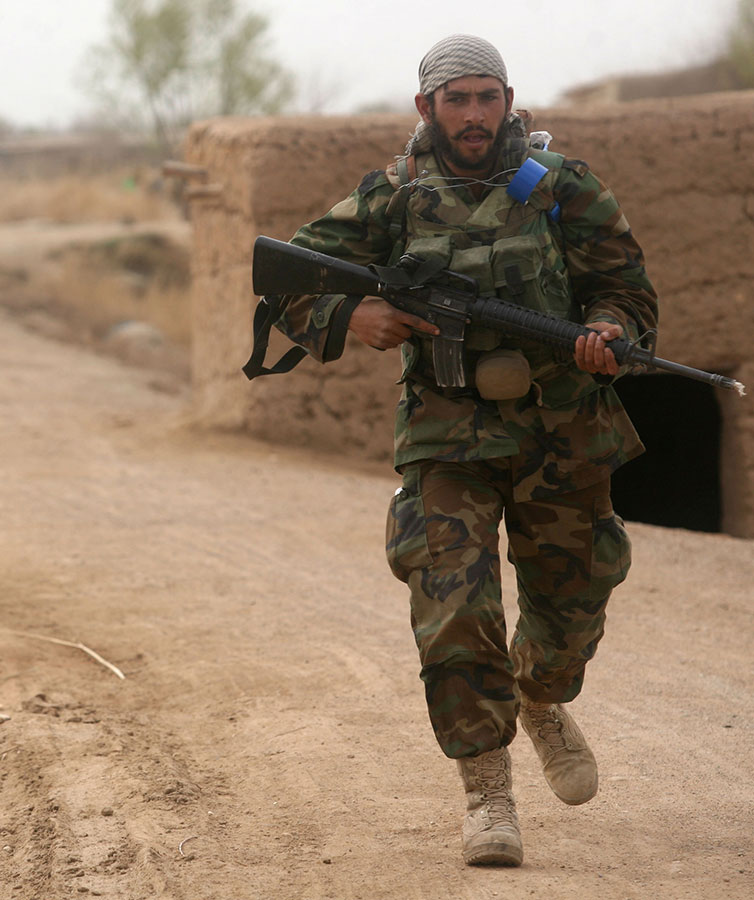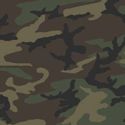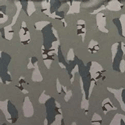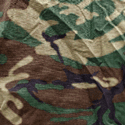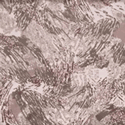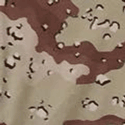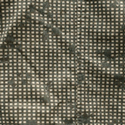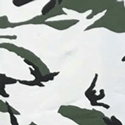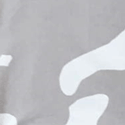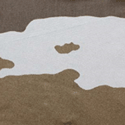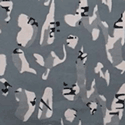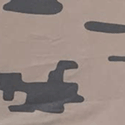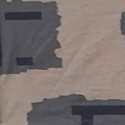The Combined Security Transition Command-Afghanistan (CSTC-A) is the U.S. Department of Defense (DOD) organization responsible for overseeing efforts to train and equip the Afghan forces. As part of that effort, CSTC-A oversaw the design of a new uniform for the conventional ANA forces and the selection of the proprietary camouflage pattern used. Though the pattern was selected without determining whether it was appropriate to or effective in the Afghan environment, DOD has spent approximately $93.81 million procuring uniforms for the ANA’s conventional forces.
What are proprietary uniforms?
Proprietary uniforms are made using camouflage patterns that are owned by another entity and may not be used, by DOD or anyone else, without the permission of the owner and, in many cases, permission from the owner to use the pattern is not granted until a fee is paid.
Using a proprietary camouflage pattern and a different uniform style resulted in significantly higher costs—up to 43 percent higher—than other uniforms that DOD procured for ANA Commandos and several Afghan National Police (ANP) units. Since 2008, the selection of a proprietary camouflage pattern and different uniform type has potentially added between $26.65 million - $28.23 million to the cost of DOD-funded ANA uniform procurement. SIGAR estimates that changing the ANA uniform could save U.S. taxpayers between $68.61 million - $72.21 million over the next 10 years.
Acquisition Methods for Afghan Forces’ Clothing and Equipment
| Method | Year Start | Year End |
| Pseudo FMS | 2007 | (Ongoing) 2017 |
| Local Acquisitions | 2008 | 2013 |
| Direct Assistance | 2012 | (Ongoing) 2017 |
(Source: SIGAR analysis.)
Note: CSTC-A did not exist prior to 2006. Organizational Clothing and Individual Equipment (OCIE) was ordered by other DOD organizations in earlier years.
See related SIGAR audit: "Afghan National Defense and Security Forces : DOD Needs to Improve Management and Oversight of Uniforms and Equipment"
- Pseudo Foreign Military Sales (FMS) - Used to purchase new supplies from DOD vendors and transfer excess U.S. military items to foreign customers.
- Local Acquisitions - Used to purchase uniforms from Afghan vendors via CSTC-A awarded contracts.
- Direct Assistance - Used to provide U.S. funds to the Afghan Ministry of Defense (MOD) and Ministry of Interior (MOI) as direct assistance to enable the procurement of uniforms through Afghan government contracts.
